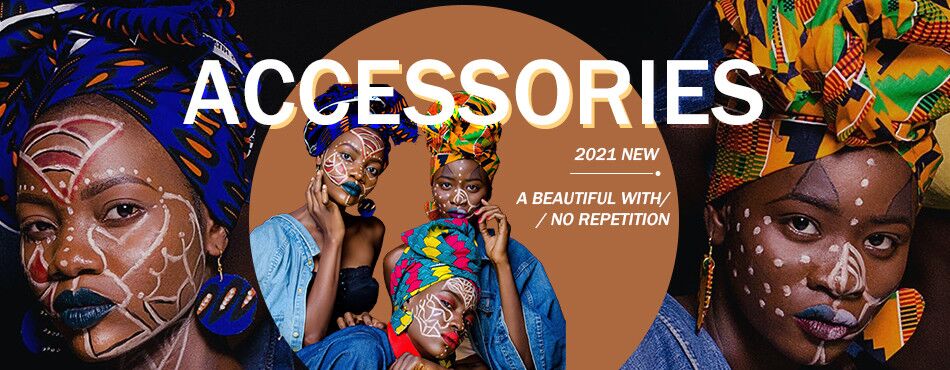Africa will be the last “New Continent” of textile and garment Industry
The global contract manufacturing industry chain has been passed from Europe and the United States to Japan, South Korea, Hong Kong and Taiwan in Asia, and finally through The Chinese mainland. Now it has gradually turned to Southeast Asian countries such as Vietnam and Cambodia, and has extended to Africa. Among them, the textile and clothing industry is the most obvious.
1. Africa will be the last “New Continent” of textile and garment industry
All this is due to the growing saturation of the rest of the world’s clothing market and inflated corporate costs, fuelled by the global financial crisis.
Africa is close to the markets of Europe and America, and there are important cotton producing areas, and merchants are also “good cooperation”. In addition to cheap labor, it is cheaper to ship clothing to Europe or the United States in East Africa than in East and Southeast Asia. In addition, In 2000, African countries signed a special trade agreement with the United States, which gives American clothing duty-free access to African markets. As the local cotton industry develops in Africa, local resources can be procured to further reduce costs.
International giants H&M and Primark start sourcing from Ethiopia
International giants SUCH as H&M, Tesco and Primark have also started sourcing from Ethiopia because there is no minimum monthly salary, which is $35 to $40 for unskilled workers, significantly lower than in Myanmar. These foreign clothiers are very popular in African countries, where they benefit from the abundance of cheap labor and energy. Kenya’s garment industry is also growing, and although salaries are around $120 a month, the government is luring them with rich incentives.
3. The garment industry is one of the main pillar industries in Africa
The major players in the world textile and clothing market and the important customers in the cotton market are mainly from Asia, of which China accounts for a large proportion.
Textile and clothing industry is one of the main pillar industries in Africa. Southeast Africa has the most dynamic textile industry in Africa, and is an important cotton producing region. In recent years, it has attracted a large amount of funds. Chinese enterprises can bring advanced technology and management methods to southeast African countries and help improve local production processes. It also tries to transfer the large-scale garment production process and realize the overall transfer of the garment industry and its related supporting industries to southeast Africa.
4.Major E-commerce platforms in Africa
With the vigorous development of China’s belt and Road initiative, Southeast Asia and Africa have become important markets driven by policies. Compared with Southeast Asia, Africa is a “blue ocean” worth digging.
Since 2013, the mobile Internet has developed rapidly in Africa, and the number of Internet users has grown by a gusher. Africa’s e-commerce market is expected to reach $75 billion by 2025.
Major African e-commerce platforms include Jumia, Kilimall and KIKUU. In recent years, there is a well-known brand- Africlife, Among similar products, the brand has ranked first in sales for two consecutive years in the amazon,Aliexpress,WISH the world first-class cross-border ,etc. The brand product range covers Africa fabrics, Ankara, men’s and women’s clothing and accessories,Some of hood, headdress, earrings, bracelet to wait adorn article are the original design products, have been Madrid certification. In order to make AFRICLIFE’s clothes available to more African friends, the company entered the KIKUU cross-border e-commerce platform in July 2021. KIKUU has overseas warehouses in Tanzania, Ghana, Congo, Uganda and other African countries, and it only takes about 15 days from placing an order to receiving the goods. Those who like traditional African clothing can go to the official store of the AFRICLIFE brand to buy directly. The brand launched a day 3 to 4 new products.
Attach official store link: https://www.kikuu.com/store/item-5686-africlife-official-store.html
According to the internal information of children’s wear observation: many children’s wear brands are mainly exported to these e-commerce platforms in Africa, and clothing has also become a hot category on these platforms. The consumption situation in Africa is as follows: large population, high prices and few choices. It has become the choice of many children’s clothing merchants to bring inexpensive and high-quality Chinese goods into the African market through e-commerce platforms.
Post time: 01-08-21





